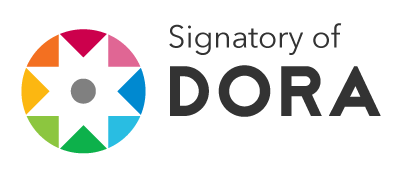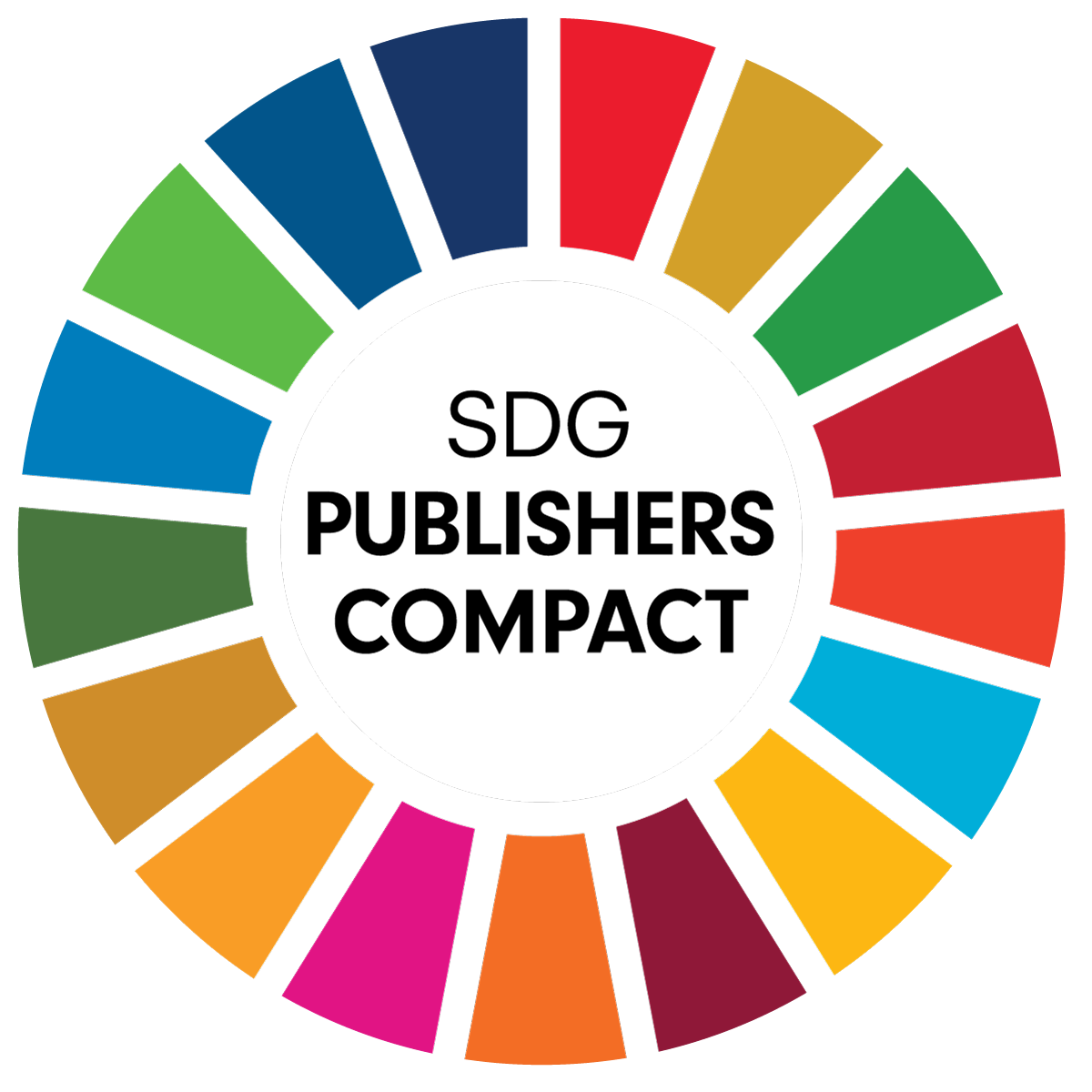Parental Influence on Children's Social and Emotional Intelligence: A Gender-Differentiated Analysis
The social and emotional intelligence of children, although it also assumes an innate component, is mainly formed in the family context, this being shaped by the behaviour of the parents and the parenting style. This aspect is relevant for a better understanding of how parents and the family can contribute to the development of this ability among children, which has proven to be vital in many areas of their quality of life. The purpose of the current study is to investigate the relationship between the social and emotional intelligence of parents and that of children, both at a general level and differentiated by gender, respectively of mothers and fathers. The research sample consisted of 575 subjects, respectively 214 mothers, 166 fathers and 195 children. We used the IPIP social-emotional intelligence scale for adults and Bar-On Youth Social-Emotional Intelligence Inventory for children. The results indicate a negative correlation (r=-0.01), but insignificant, between the level of socio-emotional intelligence of parents and children, but a positive and significant correlation between the level of socio-emotional intelligence of mothers and that of children (r=0.52, and p=0.002). As for fathers, we obtained a positive, but insignificant correlation between the two variables (r=0.21, p=0.30>0.002).
Article’s history:
Received 21st of October, 2023; Received in revised form 15th of November, 2023; Accepted 21st of November, 2023; Published as article in Volume I, Issue 1, 2023.
Copyright© 2023 The Author(s). This article is distributed under the terms of the license CC-BY 4.0., which permits any further distribution in any medium, provided the original work is properly cited.
Keywords: social intelligence, emotional intelligence, parent-child relationship, gender differences, family context, psychosocial development.
Ghiță, R. C (2023). Parental influence on children’s social and emotional intelligence: A gender differentiated analysis. Journal of Contemporary Approaches in Psychology and Psychotherapy, 1(1), 33 - 47. https://doi.org/10.57017/jcapp.v1.i1.03
Adeleke, A. G. (2017). Father’s role in child’s emotional intelligence development. Journal of Teaching and Education, 07(01), 177-184. ISSN: 2165-6266
Alegre, A. (2012). The relation between the time mothers and children spent together and the children‟s trait emotional intelligence. Child Youth Care Forum, 41(5), 493–508. https://doi.org/10.1007/s10566-012-9180-z
Alegre, A., & Benson, M. (2010). Parental behaviours and adolescent adjustment: Mediation via adolescent trait emotional intelligence. Individual Differences Research, 8, 83–96, ISSN 1541-745X
Andrioni, F., & Ghiță, R. C. (2021). The influence of the pandemic on families and children, in the influence of the pandemic generated by the coronavirus on various categories of the population (coord. Andrioni), Craiova: Sitech Publishing House, 11-38.
Bandura, A. (1977). Self-efficacy: Toward a unifying theory of behavioral change. Psychological Review, 84(2), 191–215. https://doi.org/10.1037/0033-295X.84.2.191
Băran-Pescaru, A. (2006). Family Today. A Sociopedagogical Perspective, Bucharest: Aramis Publishing House, pp.176, ISBN: 9789736790428
Bar-On, R. (2006). The Bar-On model of emotional-social intelligence, Psicothema, 18, 13-25. https://www.researchgate.net/publication/6509274_The_Bar-On_Model_of_Emotional-Social_Intelligence
Barragan Martin, A. B., Molero Jurado, M., Pérez-Fuentes, M., Ruiz, N. F. O., Martínez, A. M., Simon Marquez, M., & Linares, J. J. G. (2021). Interpersonal support, emotional intelligence and family function in adolescence. International Journal of Environmental Research and Public Health, 18(10), 1-14. https://doi.org/10.3390/ijerph18105145
Constantinescu, M. (2004). The Sociology of the Family. In Romanian: Sociologia familiei: probleme teoretice şi aplicaţii practice. Publishing House of the University of Pitesti, pp. 241. ISBN 973-6903478, 978-9736903472
Das, R. P., & Sahu, T. L. (2014). Relationship between age and emotional intelligence of bank employees-an empirical study. Sumedha Journal of Management, 3(4), 103- 110.
Duncan, R. L. (1973). Maternal parameters in the Development of Social Intelligence. Loyola University of Chicago. https://ecommons.luc.edu/cgi/viewcontent.cgi?article=2409&context=luc_diss
Goel, M., & Aggarwal, P. (2012). A comparative study of social intelligence of single child and child with sibling. International Journal of Physical and Social Sciences, 2(6), 276-288.
Goldberg, L. R. (1999). A broad-bandwidth, public domain, personality inventory measuring the lower-level facets of several five-factor models. In I. Mervielde, I. Deary, F. De Fruyt, & F. Ostendorf (Eds.), Personality psychology in Europe, 7, 7-28, Tilburg, The Netherlands: Tilburg University Press. http://projects.ori.org/lrg/PDFs_papers/A%20broad-bandwidth%20inventory.pdf
Goleman, D. (2001). Emotional Intellligence. Bucharest: Old Publishing House. pp. 424. ISBN: 973-8120-67-5
Goleman, D. (2018). Social Intelligence. The New Science of Human Relationships (2nd Edition – revised), Bucharest: Old Publishing House. pp. 576. ISBN: 978-606-44-0092-5
Howe, D. (2017). Empathy, social intelligence and relationship-based social work. Zeszyty Pracy Socjanej, 22(1), 1-12. https://doi.org/10.4467/24496138ZPS.17.001.6536
Iliescu, D. (2015). Romanian translation of 2504 IPIP Items, Organized by Scales. https://ipip.ori.org/Romanian2504Items.html
Iliescu, D., Popa, M., & Dimache, R. (2015). The Romanian adaptation of the international personality item pool: IPIP-Ro [The Romanian adaptation of the international personality item pool: IPIP-Ro]. Human Resources Psychology, 13(1), 83-112. https://www.hrp-journal.com/index.php/pru/article/ view/148
Joseph, C., & Lakshmi, S. S. (2010). Social intelligence, a key to success, IUP Journal of Soft Skills, Volume IV, 3, 15-21. https://ssrn.com/abstract=1706610.
Kadri, A., BenSefiane, Z., & Buheji, M. (2019). Social intelligence as a mechanism for achieving quality of family life. International Journal of Youth Economy, 3(2), 119-129. https://doi.org 10.18576/ijye/030205
Katanani, H.J., & Mas’oud, A. A. (2017). The relation between the emotional intelligence of children and their mothers. Global Journal of Educational Foundation, 5(4), 378-390.
Kazimier, L. (1973). Statistical Analysis for Business and Economy. New York: McGraw-Hill, pp. 623, ISBN: 978-0070334304
Krivoy, E., Weyl Ben-Arush, M., & Bar-On, R. (2000). Comparing the emotional intelligence of adolescent cancer survivors with a sample from the normative population. Medical and Pediatric Oncology, 35(3). 382.
Mărginean, I. (2000). The Design of Sociological Research. Iași: Polirom Publishing House, pp. 256, ISBN: 973-683-480-8
Matthews, K. (2019). Four traits of social intelligence and how to teach it to kids. Learing Lift Off. https://www.learningliftoff.com/4-traits-of-social-intelligence-kids
Mayer, J., & Salovey, P. (1990). Emotional Intelligence. New Haven: Baywood Publishing Inc., pp. 185-211. www./journals.sagepub.com/doi/abs/10.2190/DUGG-P24E-52WK-6CDG
Mirza, M., & Redzuan, M. (2011). Relationship between fathers’ emotional intelligence and their children’s. Current Research in Psychology, 2(1), 115-120. https://doi.org/10.3844/crpsp.2011.115.120
Mojgan, M., Redzuan, M., Rohani, A., & Mansor, M. (2010). Fathers’ emotional intelligence and their response towards their children’s behaviors. Asian Social Sciences, 6(8), 68-72. https://doi.org/10.5539/ass.v6n8p68
Morand, D. A. (1999). Family size and intelligence revisited: the role of emotional intelligence. Psychological Reports, 84(2), 643-649. https://doi.org/10.2466/PR0.84.2.643-649
Otovescu, D. (2016). Sociology of Romanian culture, theoretical structures and publishing achievements (2nd Edition - revised and added), Craiova: Romanian Writing Publishing House.
Otovescu, D., & Pârlea, A. D. (2021). Customs and traditional values of the Macedonian communities in Romania. University Journal of Sociology, 17(2), 32-39. https://sociologiecraiova.ro/revista/wp-content/uploads/2021/08/03-32-39.pdf
Palucka, A., Celinski, M. J., Salmon, J., & Schermer, P. (2011). Social and emotional intelligence: Contributors to resilience and resourcefulness. Wayfinding through Life Challenges: Coping and Survival, 47–62. https://www.academia.edu/37988480/SOCIAL_AND_EMOTIONAL_ INTELLIGENCE_CONTRIBUTORS_TO_RESILIENCE_AND_RESOURCEFULNESS
Popa, M. (2008). Statistics for Psychology. SPSS Theory and Applications, 2nd Revised and Added Edition, Iași: Polirom Publishing House, pp. 368, ISBN: 978-973-46-1045-7
Rani, M., Sumit, S., & Sangwan, S. (2018). Influences of social intelligence of adolescents in relation to their parental education. International Journal of Current Microbiology and Applied Sciences, 7(11), 3269-3272. https://doi.org/10.20546/ijcmas.2018.711.377
Ruderman, M., & Bar-On, R. (2003). The impact of emotional intelligence on leadership. https://www.psicothema.com/pdf/3271.pdf.
Rusu, S., Maricuțoiu, L. P., Macsinga, I., Vîrgă, D. & Sava, F. A. (2012). Personality assessment from the perspective of the Big Five model. Data on the adaptation of the IPIP-50 questionnaire on a sample of Romanian students. Human Resources Psychology, 10(1), 39 -56. https://www.hrp-journal.com/index.php/pru/article/view/219
Salovey, P., Mayer, J. D., & Caruso, D. (2002). The positive psychology of emotional intelligence. In C. R. Snyder & S. J. Lopez (Eds.). Handbook of Positive Psychology. New York: Oxford University Press, 159–171. 10.1093/oxfordhb/9780195187243.013.0022
Scarr, S. (1989). Protecting general intelligence: Constructs and consequences for interventions, in R.L. Linn (Ed.), Intelligence: Measurement, Theory, and Public Policy. Urbana: University of Illinois Press. ISBN: 0-252-01535-5
Shafer, K. (2021). Nurturing dads raise emotionally intelligent kids – helping make society more respectful and equitable. The Conversation. https://theconversation.com/nurturing-dads-raise-emotionally-intelligent-kids-helping-make-society-more-respectful-and-equitable-161395
Thorndike, E. (1920). Intelligence and its use. Harper's Magazine, 140, 227-235. https://gwern.net/doc/iq/1920-thorndike-2.pdf
Tsujino, J., & Oyama-Higa, M. (2007). The relationship between emotional intelligence of mothers and problem behavior in their young children: A longitudinal analysis. Journal of Prenatal & Perinatal Psychology & Health, 21(3), 215-229. https://apppahjournal.birthpsychology.com/wp-content/uploads/journal/published_paper/volume-21/issue-3/U0ZYz2pg.pdf
Turculeț, A., & Tulbure, C. (2014). The relation between the emotional intelligence of parents and children. Procedia - Social and Behavioral Sciences, 142, 592–596. https://doi.org/10.1016/j.sbspro.2014.07.671
Wallenius, M., Punamaki, R. L., Rimpela, A. (2007). Digital game playing and direct and indirect aggression in early adolescence: The roles of age, social intelligence and parent-child communication. Journal Youth Adolescence, 36, 325–336. https://doi.org/10.10.1007/s10964-006-9151-5
Yogman, M., Garfield, C., Bauer, N., Gambon, T., Lavin, A., Lemmon, K., Mattson, G., Rafferty, J. R., & Wissow, L.S. (2016). Fathers’ roles in the care and development of their children: The role of pediatricians. Pediatrics, 138(1). https://doi.org/10.1542/peds.2016-1128
Cultural Atlas. (2021). Romanian Culture. Family. https://culturalatlas.sbs.com.au/romanian-culture/ romanian-culture-family
Research Central (2022). Social/Personal/Emotional Intelligence. http://researchcentral.ro/detalii.php? id=357
United States Census Bureau (2013). Facts for Features: Father’s Day, www.census.gov/newsroom/ facts-for-features/2013/cb13-ff13.html




